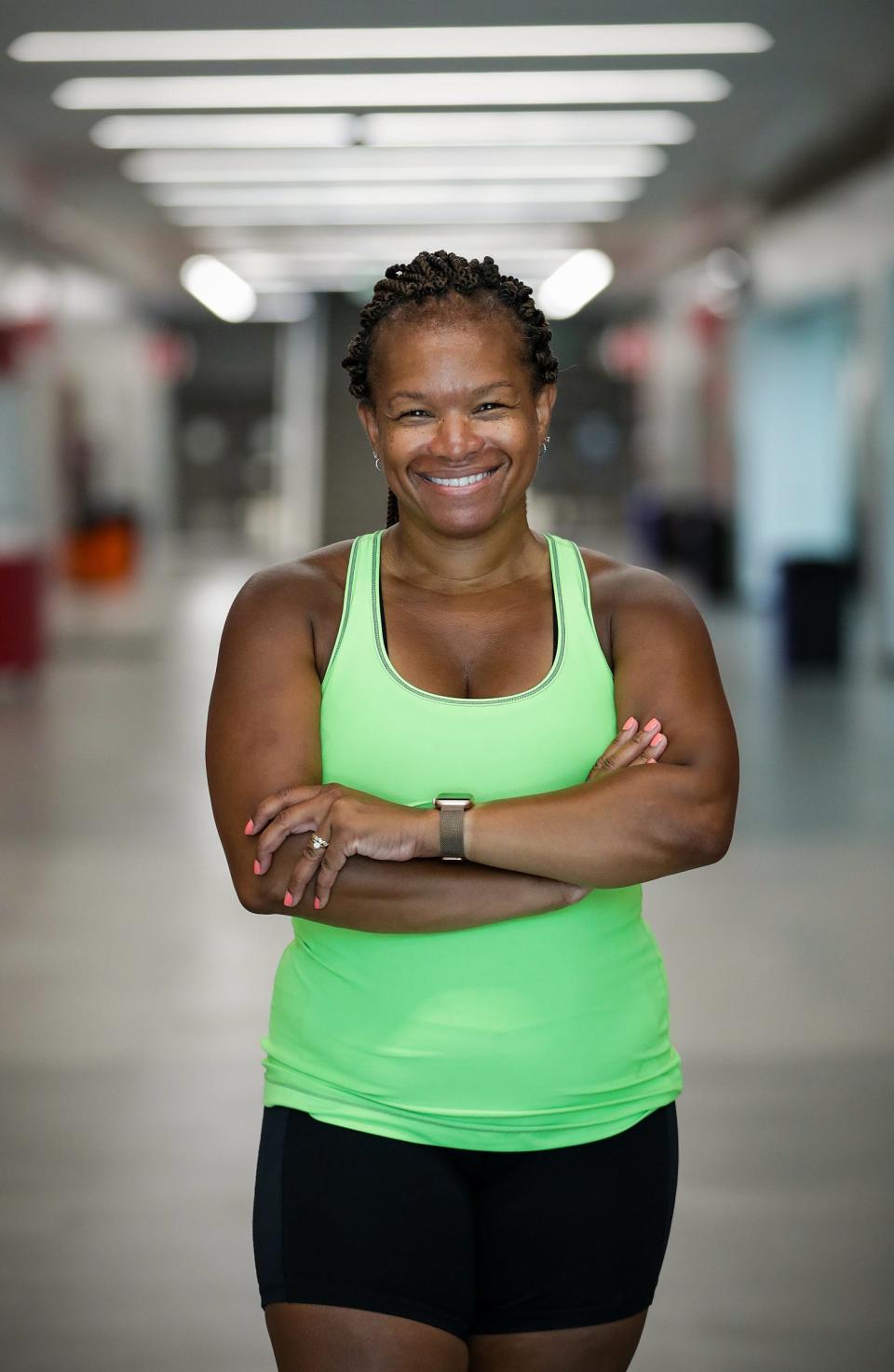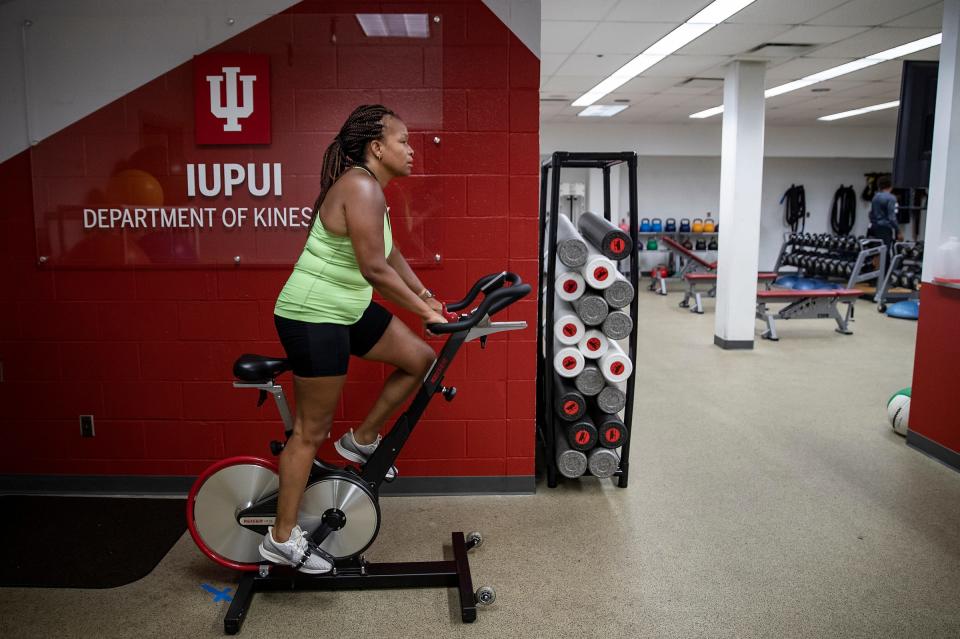Being fit, losing weight is a powerful force against COVID-19, but cities have to do more
The annual ranking of the fittest U.S. cities, out Tuesday, tracks with some of the cities that weathered COVID-19 better – but the reverse is also often true.
The ranking underscores how cities can help or hinder residents' opportunities to be physically active, lose weight and avoid chronic conditions including diabetes, hypertension and heart disease, which increase the risk of serious illness and death from COVID-19.
The COVID-19 death rate for Arlington, Virginia, the nation's fittest city for the third year in a row, is 56 per 100,000 population. Like most of the other Washington suburbs, Arlington had more cases per capita than more rural parts of the state. Indiana's Marion County, which includes 94th-ranked Indianapolis, has the highest number of cases and deaths in the state.
“We know from research that physical activity can build a healthier immune system and overall wellness, which help minimize harmful effects of illness and disease," said Barbara Ainsworth, chair of the American Fitness Index Advisory Board. "This pandemic shows the need to have local parks, trails and connected sidewalks in all neighborhoods that allow people to exercise safely."
Though fitness can help individuals ward off some of the virus's most dangerous effects, other factors play a big role in how susceptible a city becomes. An area's public health messaging, social distancing, use of mass transit and average number of people in a household all play a part, said Amesh Adalja, an infectious disease physician.
"No matter how fit a city is, there are going to be populations that aren’t fit," said Adalja, a senior scholar at Johns Hopkins Center for Health Security.
The index, co-sponsored by the American College of Sports Medicine and the Anthem Foundation, uses 33 health behaviors, chronic diseases and community infrastructure indicators to come up with scores that rank the health of communities and those who live in them.
City leaders and planners need to enact policies and target funding to promote physical activity, better health and stronger communities, experts said.
That's especially true in cities with high populations of Blacks and Hispanics, who have been disproportionately affected by COVID-19, said NiCole Keith, ACSM's new president.

"COVID's negative health outcomes come from diseases that are positively impacted by physical activity," Keith said. "If you give people a place to be active, the likelihood they will do it is higher."
Only one in four Americans meet national physical activity guidelines and more than 30 million have heart disease, Ainsworth said, noting it should be of "national concern."
Sedentary lifestyles across the country cost more than $117 billion a year in health costs, Ainsworth said. The Fitness Index is a "prescription for communities to bring about positive change."
Though there were many bright spots in the findings, researchers found only 22% of adults in the 100 largest cities met the guidelines for both aerobic and strength activities. Adults need 150 minutes per week of moderately intense activity, or
roughly 22 minutes per day, for substantial health benefits.
On more positive notes:
•All cities: In all 100 cities, residents exercised and biked more, fewer smoked and there were more parks within a 10-minute walk this year compared with last.
•Big jumps: Some cities improved by at least 15 spots from 2019: Buffalo, New York (No. 25); Toledo, Ohio (No. 81); and Anchorage, Alaska (No. 37).
•Charlotte, North Carolina: Even though the city ranks 67th, ACSM credits the work business and community leaders have done since 2013 to prioritize healthy eating, physical activity and reducing tobacco use, all three Fitness Index indicators. The Mecklenburg County Parks and Recreation Department's chronic disease prevention efforts, which target physical activity, obesity, tobacco use, cardiovascular disease and diabetes, were also cited.
•New Orleans: Mayor Mitch Landrieu set a goal for the city to be one of the 10 fittest in the USA. The Fit NOLA strategic plan targets healthy eating, physical activity and tobacco use, among others. The city is ranked 50th.
The index, in its 13th year, ranks cities instead of entire metropolitan areas to better capture the health disparities in urban areas. The health challenges facing low-income people in cities were getting offset by the healthier suburbs, Keith said.
Indianapolis, where Keith lives, expanded trails, added green spaces and increased the number of farmers markets.

It's easier for people to make healthy choices, Keith said, when the community has parks and other recreational facilities. She exercises every day at 3 p.m. at a university.
Natasha Burke, an assistant professor of psychology at Fordham University who specializes in obesity and eating disorders, said community leaders need to work with underserved residents to determine the health solutions that will make people more active.
“Instead of us saying, ‘We think you need this,’ asking, ‘What do you need?’ ” Burke said.
Contributing: Maia Spoto, an intern with the Urban Health Media Project, which O'Donnell co-founded
This article originally appeared on USA TODAY: Obesity, exercise affect COVID-19's severity for patients, not cities

